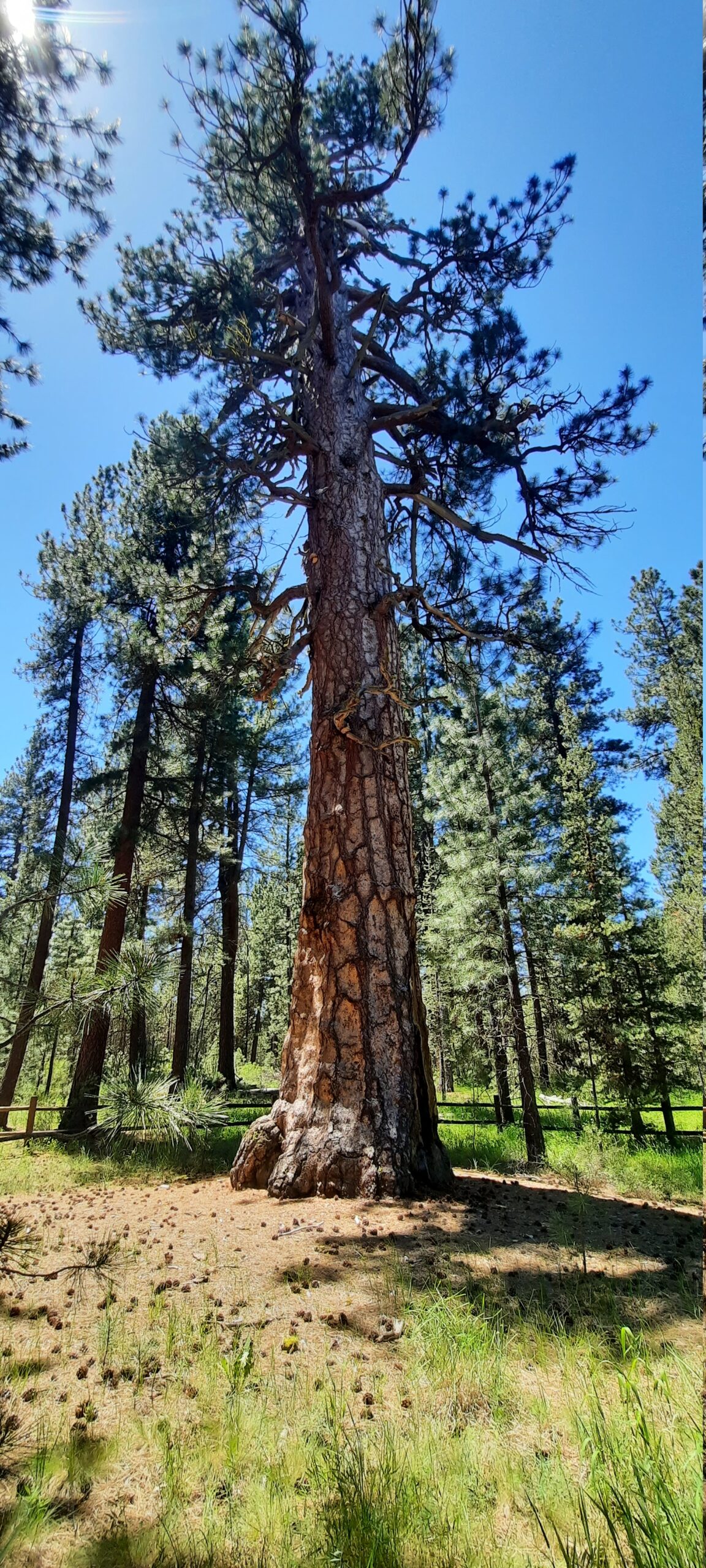Pine trees are susceptible to various types of bugs and pests that can cause significant damage. This comprehensive guide covers the common pine tree bugs, their identification, life cycles, behaviors, and effective management practices.
What are the Common Bugs That Can Infest Pine Trees?

1. What are Giant Conifer Aphids?
Giant Conifer Aphids are soft-bodied, pear-shaped insects that feed on the sap of pine trees. They reproduce rapidly, with multiple generations per year, and are often found in clusters on the undersides of needles. While they rarely cause direct damage to the plant, they can be a nuisance due to the honeydew they produce, which attracts other insects.
Identification: Look for the soft-bodied, pear-shaped aphids on the undersides of pine needles. Honeydew droplets may be present below the tree.
Control Methods: Use a strong jet of water to dislodge the aphids. Insecticidal soaps and other insecticides can be effective, but they may also harm beneficial insects.
2. What is the Southern Pine Beetle?
The Southern Pine Beetle is a formidable pest that can cause significant damage to pine trees, especially during outbreaks. These beetles attack weakened or stressed trees, burrowing into the inner bark to lay eggs and feed on the tree’s nutrients.
Identification: Look for reddish-brown pitch tubes, boring dust, needle discoloration, and bark flaking. Trees may die in a directional pattern from the epicenter of the attack.
Control Methods: Early detection is crucial. Remove infested trees to prevent the spread of the infestation. Use chemical treatments before the beetles penetrate the bark. Monitor for signs of infestation and maintain tree health through proper watering and pruning.
3. What is the Mountain Pine Beetle?
The Mountain Pine Beetle primarily infests lodgepole, ponderosa, Scotch, and limber pines. It lays eggs under the bark, and the larvae feed on the inner bark, causing the tree to die.
Identification: Look for small, yellow, gummy-shaped sap formations called pitch tubes, fine, powdery red-brown sawdust around holes on tree bark, and foliage that changes to a dull green, then yellow, and finally a reddish-brown.
Control Methods: Early detection is crucial. Remove infested trees to prevent the spread of the infestation. Use chemical treatments before the beetles penetrate the bark. Monitor for signs of infestation and maintain tree health through proper watering and pruning.
How Can You Effectively Identify Aphids on Pine Trees?

What are the Visual Indicators of Aphids on Pine Trees?
Look for the soft-bodied, pear-shaped aphids on the undersides of pine needles. Honeydew droplets may be present below the tree, indicating the presence of aphids.
How Can You Assess the Damage Caused by Aphids?
Aphids rarely cause direct damage to the plant, but they can be a nuisance due to the honeydew they produce, which attracts other insects. Assess the presence of honeydew and the number of aphids to determine the severity of the infestation.
What are the Effective Control Methods for Aphids on Pine Trees?
Use a strong jet of water to dislodge the aphids. Insecticidal soaps and other insecticides can be effective, but they may also harm beneficial insects. Apply treatments during the right life stage to minimize harm to beneficial insects.
What are the Signs of Bark Beetle Infestation on Pine Trees?
What are the Specific Symptoms of Bark Beetle Infestation?
- Reddish-brown pitch tubes
- Boring dust
- Needle discoloration
- Bark flaking
- Trees dying in a directional pattern from the epicenter of the attack
How Does the Bark Beetle Infestation Progress Over Time?
- Initial attack: Beetles bore into the tree, laying eggs and feeding on the inner bark.
- Infestation progression: Larvae consume the inner bark, disrupting the tree’s vascular system and causing death.
- Outbreak: Beetles spread to nearby trees, leading to further infestations.
What are the Recommended Management Practices for Bark Beetle Infestation?
- Early detection is crucial.
- Remove infested trees to prevent the spread of the infestation.
- Use chemical treatments before beetles penetrate the bark.
- Monitor for signs of infestation and maintain tree health through proper watering and pruning.
Reference:
- https://ask2.extension.org/kb/faq.php?id=838822
- https://entnemdept.ufl.edu/creatures/trees/southern_pine_beetle.htm
- https://www.atlantaarbor.com/blog/pine-beetles/
